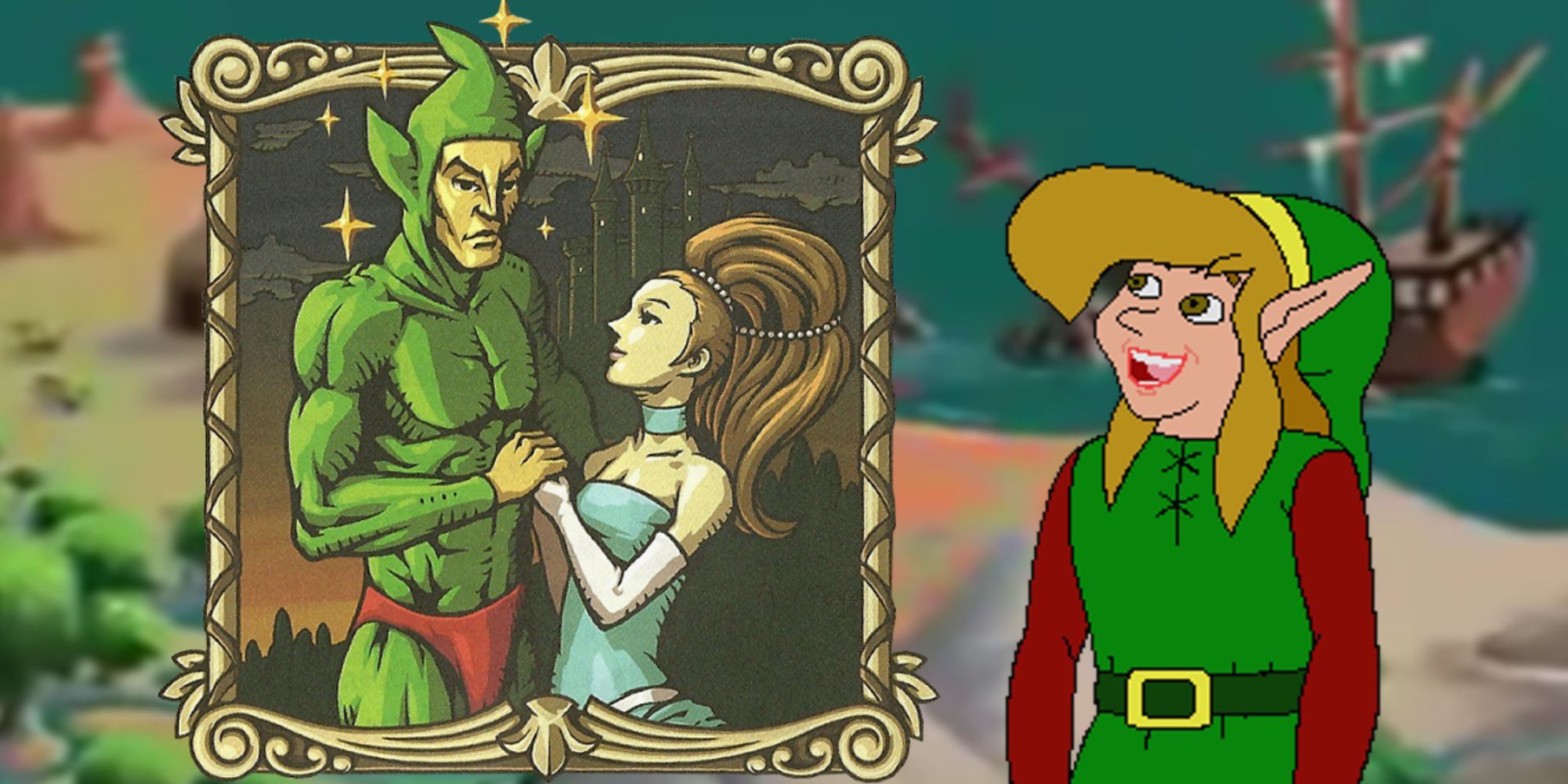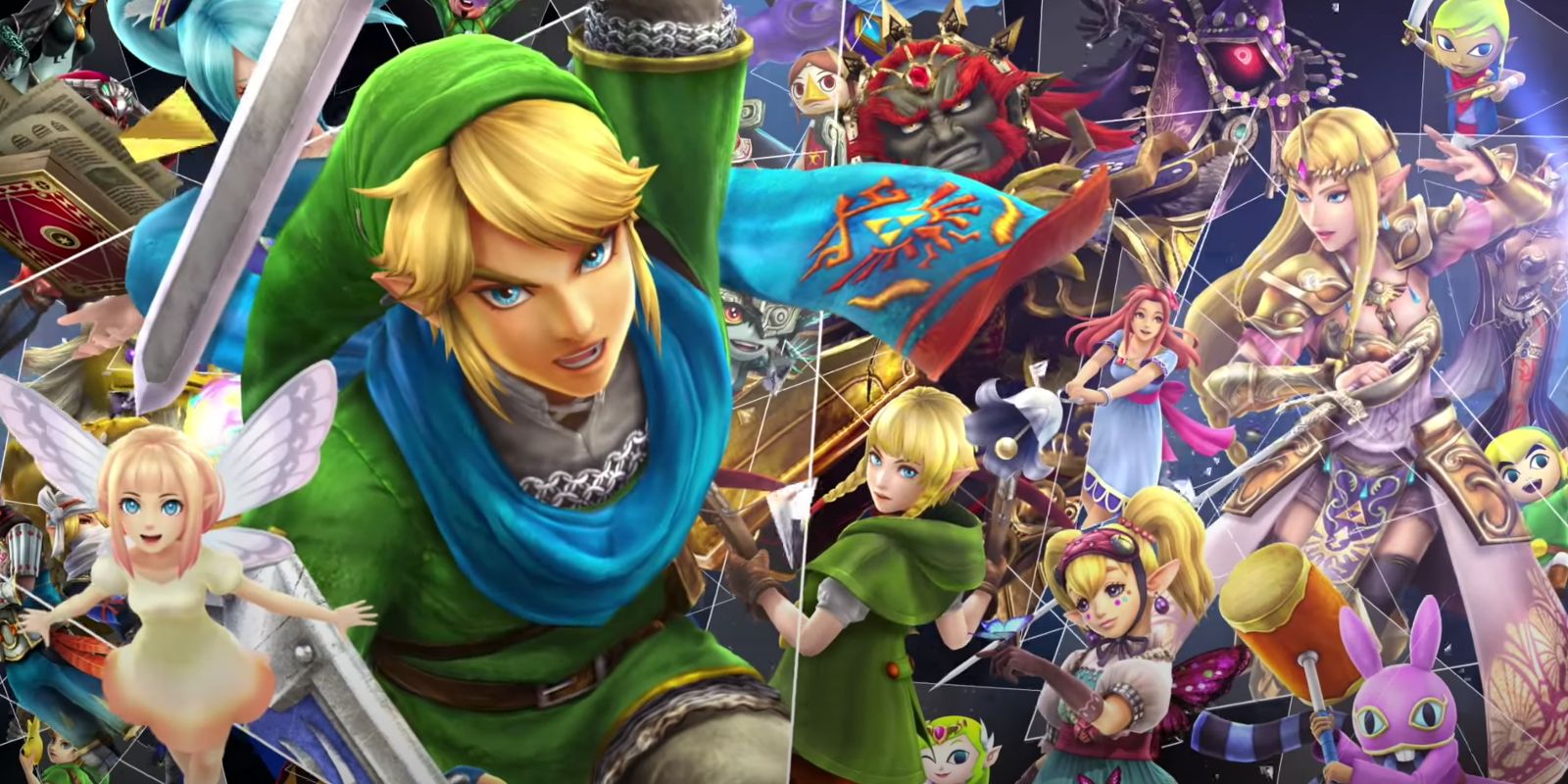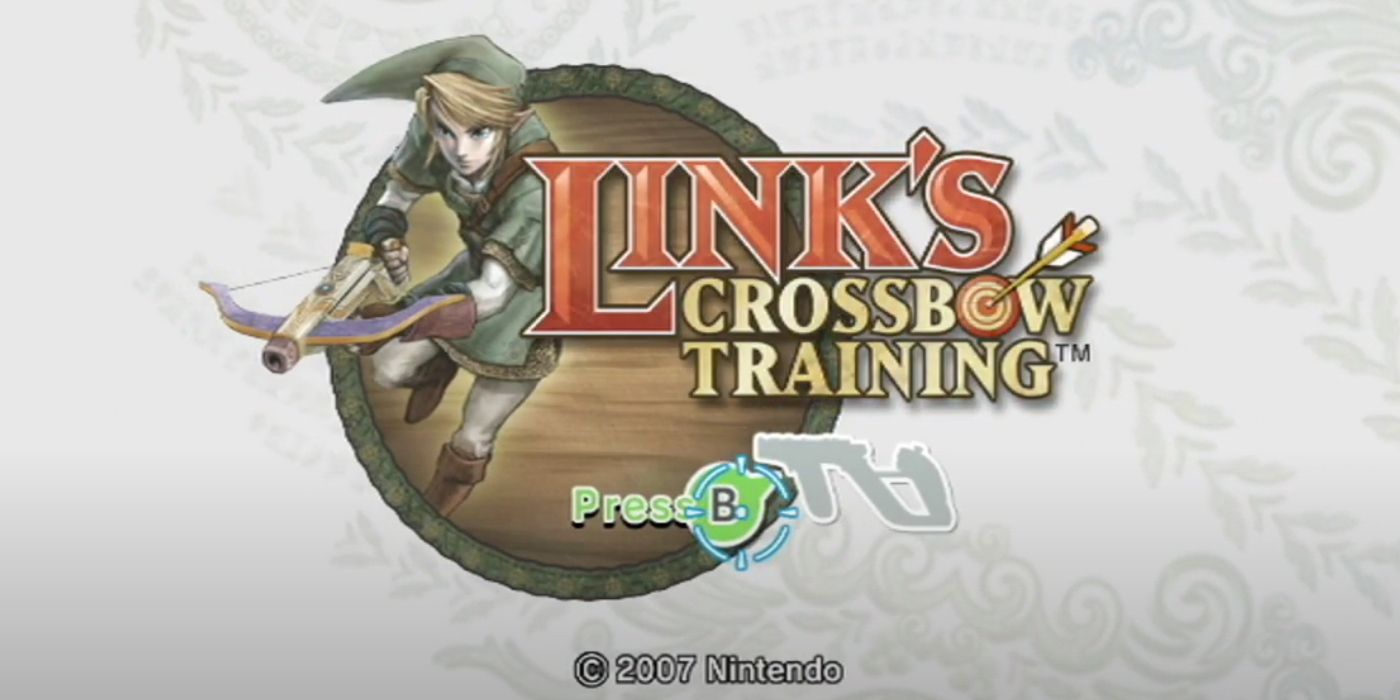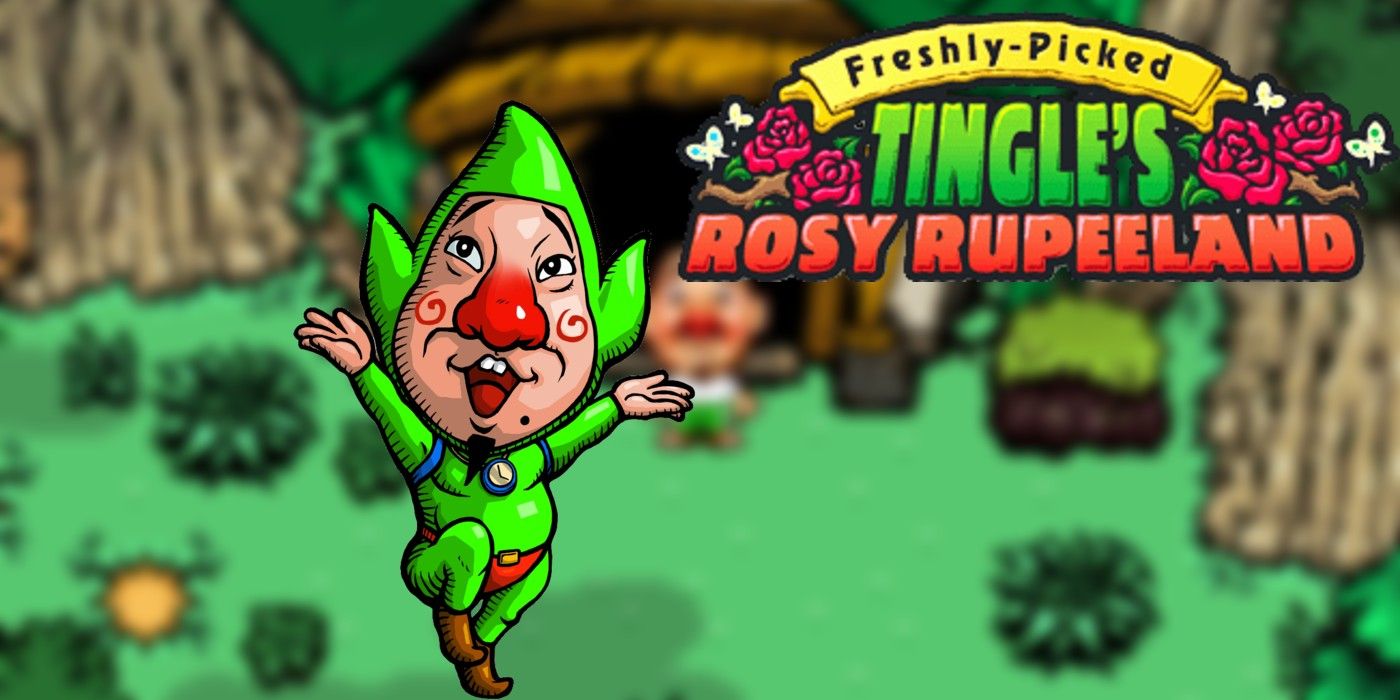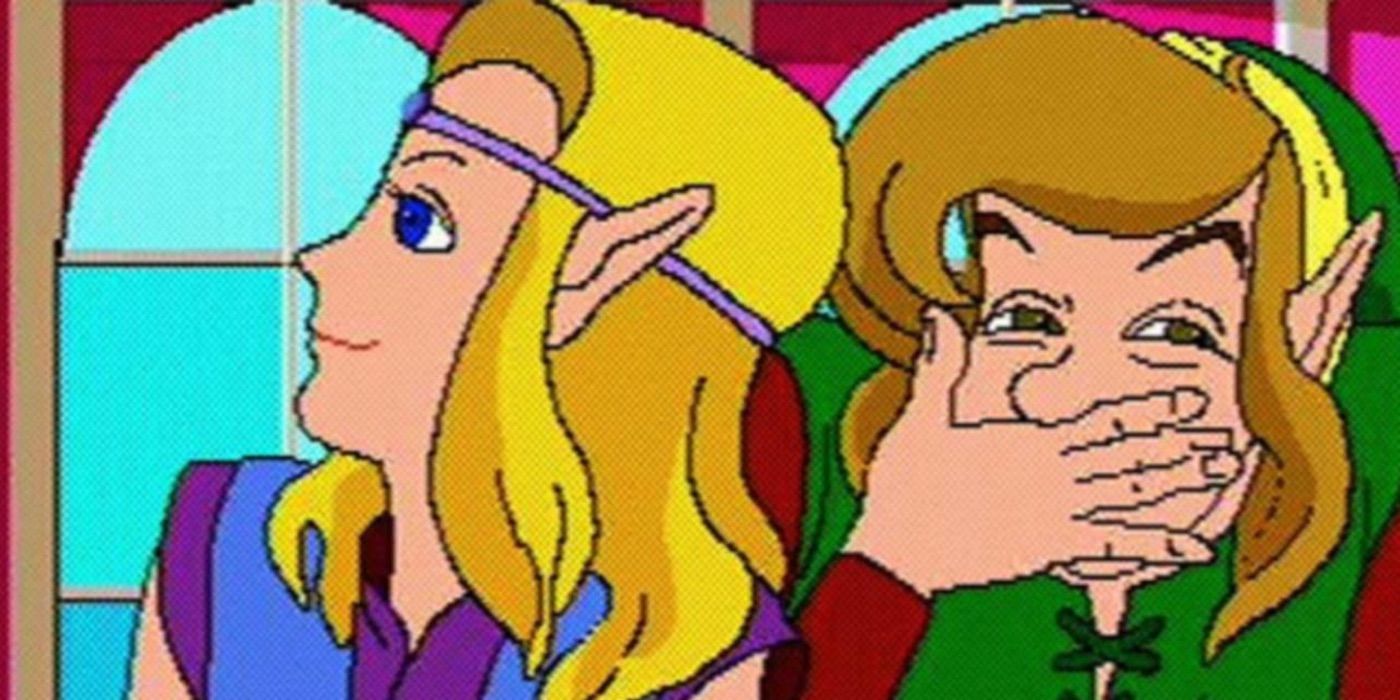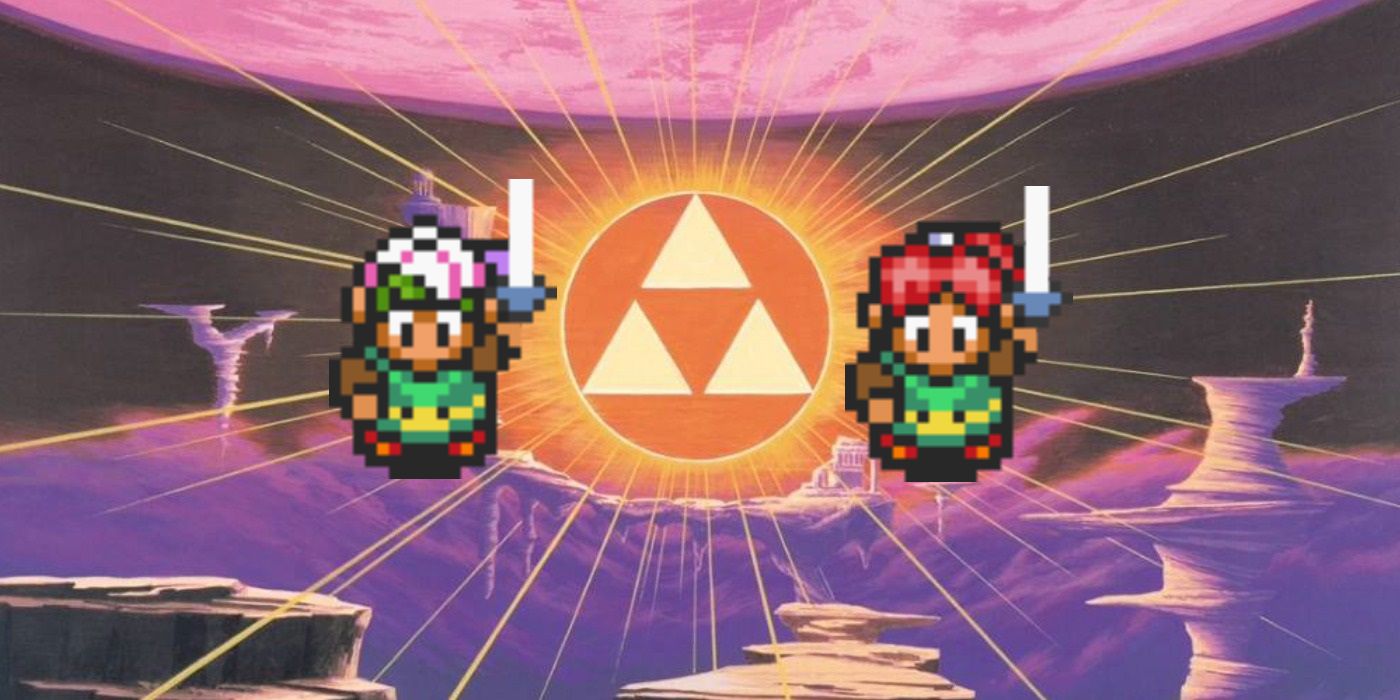Most fans of The Legend of Zelda series are familiar with the mainline Zelda games that chronicle the canon history of Hyrule throughout each era, but there are a number of non-canon side games and spin-offs that appear in the franchise as well. These games aren’t included as part of the official Zelda timeline, but they play on many of Zelda’s classic elements, including some of its most iconic characters and settings. Some of these spin-offs were officially developed and released by Nintendo as companion games to the main series, but others were created in collaboration with other studios and producers as part of partnerships and licensing agreements, leading to a ton of strange and memorable games that have a unique charm compared to the rest of the Zelda series.
The main games in the Zelda series construct the overarching canon Zelda timeline, which was officially mapped and explained in the Hyrule Historia book released in celebration of the franchise’s 25th anniversary back in 2016. This confirmed that the Zelda games were not only connected but that there were also multiple diverging branches of the Zelda timeline after it split during the events of Ocarina of Time. As such, the Zelda timeline can be confusing, and fans have been quick to point out plot holes and inconsistencies, but the timeline makes it easy to determine which Zelda games are considered canon in the lore, and which are non-canon spinoffs.
Currently, Breath of the Wild is the only mainline Zelda title whose timeline placement is still ambiguous thanks to Nintendo’s cryptic official statements, and it’s unclear whether Breath of the Wild 2 will resolve fans’ questions or make things more complicated. To make things even more complex, Hyrule Warriors: Age of Calamity is also canon in the overarching timeline despite taking place in an alternate timeline to Breath of the Wild, which means its plot and characters could potentially influence Breath of the Wild 2 as well. However, unlike Age of Calamity, most spin-off Zelda games are not canon and exist in their own separate universes and timelines, causing them to differ drastically from the canon installments of the series.
Hyrule Warriors Is Zelda’s Dynasty Warriors Spin-Off
The original Hyrule Warriors game was released for the Wii U in 2014 as a collaboration between Nintendo and Koei Tecmo, which produced the Dynasty Warriors games that Hyrule Warriors borrows its hack-and-slash gameplay from. Hyrule Warriors Legends was then released as an updated 3DS port two years later in 2016, and both games were ported to the Nintendo Switch for Hyrule Warriors: Definitive Edition in 2018. Hyrule Warriors: Age of Calamity split BOTW's timeline and features its own canon version of the events leading up to Breath of the Wild’s post-apocalyptic Hyrule.
However, the original Hyrule Warriors games drew inspiration from several different games in the Zelda franchise, including Ocarina of Time and Twilight Princess, and are considered non-canon by Nintendo. After the sorceress Cia opens portals to the different versions of Hyrule through the eras, players must team up with characters like Princess Ruto, Agatha, and Fi to defeat massive waves of her armies and stop the resurrection of Ganon.
Link’s Crossbow Training Was Zelda’s First Shooter Game
Link’s Crossbow Training was a spin-off Zelda game developed for the Wii and featured action-shooter gameplay rather than the traditional RPG genre that most Zelda players are familiar with. The game was released as a companion to Twilight Princess and reuses many of the game’s assets such as character models and settings to create a Zelda-themed shooter with plenty of its own personality. Originally, Nintendo planned for Link’s Crossbow Training to have an epic story that would add to the events of Twilight Princess.
However, producer Shigeru Miyamoto pushed the team to keep the story simple so players could enjoy the unique gameplay of this spin-off title. The biggest criticism of Link’s Crossbow Training is its short run time as the game can be beaten in less than an hour, but it incorporates a lot of different aspects of Twilight Princess in clever ways that make the game fun and entertaining. Link’s Crossbow Training is also one of the few games to utilize the Wii Zapper, an attachment for the Wii Remote and Nunchuck that made shooters much easier to control.
Zelda’s Tingle Had His Own Bizarre Spin-Off Series
Tingle is one of the Zelda franchise’s most bizarre characters, first appearing in Majora’s Mask for the N64 before reappearing in other games like Wind Waker, Four Swords Adventure, and Minish Cap. While Tingle ended up being cut from Twilight Princess due to his lack of popularity with American players, Nintendo still honored him with a few non-canon side games that featured him as the playable protagonist. Freshly- Picked Tingle’s Rosy Rupeeland, Tingle’s Balloon Fight, and Ripened Tingle’s Balloon Trip of Love were all released for the Nintendo DS between 2006 and 2009, and while Tingle’s Rosy Rupeeland was released in Europe, the other games were exclusive to Japan, and Tingle’s Balloon Fight was only available for members of Club Nintendo.
In Tingle’s Rosy Rupeeland, players have to gather as many Rupees as possible to keep Tingle alive and donate to the Fairy Spring outside of his house. The game provides a bizarre backstory befitting the Zelda franchise’s strangest characters as the player character is transformed into Tingle from an average 35-year-old man by the mysterious Uncle Rupee, tying Tingle’s life energy to the Rupees he earns. Players must earn Rupees by helping people, defeating dungeons, and even bartering, but with the game’s Sonic-like health system, Tingle will die if his wallet is empty.
Tingle’s Balloon Fight, on the other hand, is a crossover game featuring the classic gameplay of Balloon Fight with a distinctly Tingle aesthetic. The game featured both Balloon Fight and Balloon Trip mode, allowing players to float through obstacles and pop enemy balloons. Ripened Tingle’s Balloon Trip of Love, on the other hand, is a sequel to Tingle’s Rosy Rupeeland, but instead of earning as many Rupees as possible, players must help Tingle escape a picture book by romancing and dancing with the Princess of the story. It returns to the same visual style of Tingle’s Rosy Rupeeland and includes some of its RPG mechanics, but the game primarily features point-and-click puzzles, making it unique among the strangest of Zelda’s non-canon spin-off games.
The CD-i Zelda Games Have A Memeable Charm
The CD-i Zelda games are perhaps the most well-known of the non-canon Zelda games largely due to the fact that they have some of the best meme potential of any Zelda game, canon or otherwise. After a failed collaboration between Nintendo and Sony to produce a CD-based video game console, Nintendo partnered with Phillips with the same goal in mind, resulting in three officially licensed CD-i Zelda games that fall into the category of games that are so bad, they’re good. The Legend of Zelda: Faces of Evil and Wand of Gamelon were released simultaneously in 1993, and Zelda’s Adventure followed two years later in 1995. While the first two games feature sidescrolling gameplay, Zelda’s Adventure is a top-down game that includes real photographs as backgrounds and character models. Zelda’s Adventure is also the only Zelda game to feature live-action cutscenes instead of animations, setting it apart even amongst these non-canon CD-i games.
Faces of Evil and Wand of Gamelon have hand-animated cutscenes, which players may recognize from the many memes that make use of the games’ bizarre and hilarious moments. The gameplay of the CD-i Zelda games is frequently criticized, however, and despite their status as non-canon, many fans still consider them to be some of the worst games to come out of the Zelda franchise. Still, there’s an undeniable charm in these non-canon side games, and many fans have leaned into their ridiculous nature for the sake of a good laugh. The CD-i Zeldas are certainly unforgettable, to say the least.
BS Zelda & Ancient Stone Tablets Were Unique Remakes Of Classic Zelda Titles
The Broadcast Satellaview Zelda games, or BS Zelda games, were created as part of a collaboration between Nintendo and Japanese radio company St. Giga. Both the original Legend of Zelda and The Legend of Zelda: A Link to the Past were remade and broadcast to the Satellaview, a subsystem for the Super Famicom that allowed players to download and play media via satellite. The BS Zelda spin-offs, which included the original BS Zelda as well as Ancient Stone Tablets, were exclusive to Japan and were only broadcast to the system once per week for an hour at a time. This allowed players to experience special game events in real-time and listen to guides and tips with the games’ unique radio integration. As a result, the BS Zelda games were not only the first video games to ever be radio-integrated, but they were also the first Zelda games to feature voiced dialogue.
The first BS Zelda broadcast began in August 1995, and St. Giga continued to broadcast the game regularly until the year 2000. While the games are almost identical to the original Zelda titles they remade, there are some notable differences in gameplay and in-game environments, and players were even able to choose their player character’s gender as they played as the Hero of Light rather than Link. Of all the non-canon games in the Zelda series, the BS Zelda games are perhaps some of the most obscure, but they stand out as a unique part of the franchise’s long history and, like other The Legend of Zelda games, were technological pioneers in their own way.

